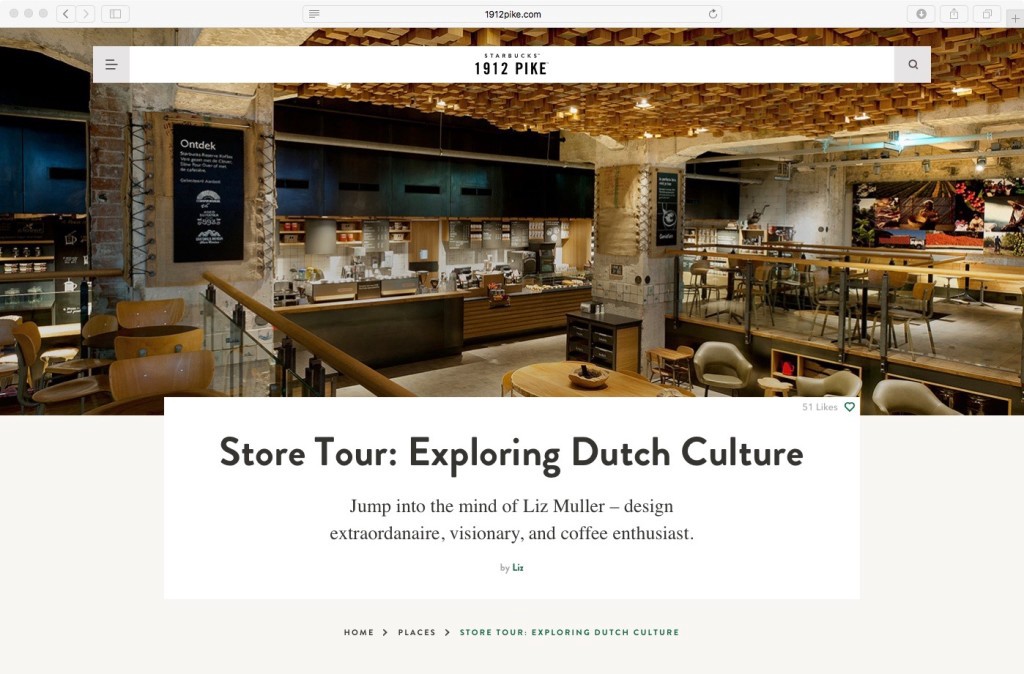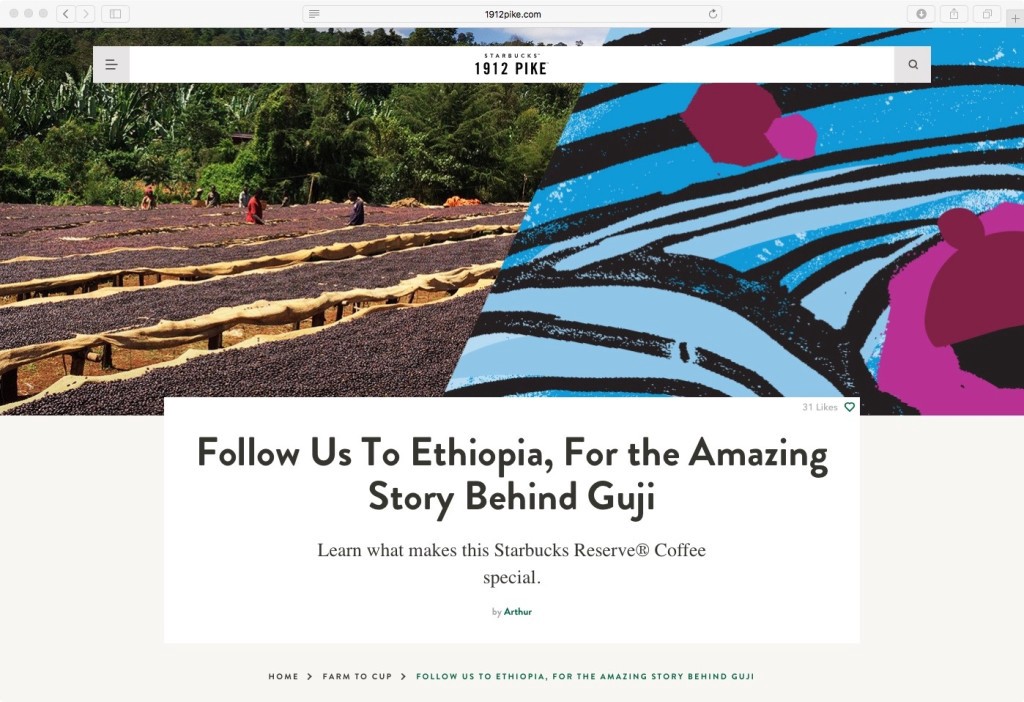Why Medium Should Be Your New Content Incubator
While it’s not always the best idea to build your audience on someone else’s platform, there’s something to be said for being where people already are — especially if you’re looking to test an idea before heavily investing in it.
With an active monthly user base that hovers between 5 and 7.5 million people, Medium can be an excellent proving ground. Partly because of the blogging platform’s baked-in analytics, which show how many people actually read the content vs. just click into it.
The ability to the track consumption is likely what’s made Medium so appealing to Marriott, BMW and others. Though you can see how companies like Marriott took what they learned on Medium and made some strategic shifts (Gone’s plethora of user-generated content is a precursor to their brand newsroom), Starbucks took what they did on Medium and literally ported it into their own site. Take a look:
Given the coffee chain’s marketing savvy, it’s no surprise they were one of the earliest brands to embrace Medium in a meaningful way. Instead of just droning on about their product, The Starbucks Collection was created to tell the stories of what went into their coffee — and the good that came out of it.
If you click through their year’s worth of posts, you’ll see profiles on farmers; essays on sustainability; updates on charitable works abroad; and messages on advocacy at home. Even when they did publish something product-related, it was compelling — a photojournalism piece on their new Reserve roastery or a visual-heavy post showing the creative process behind package design.
It’s likely no accident that around the time Starbucks began to wrap up their experimentation with Medium, they launched something new on their own site: a blog called 1912 Pike. When you compare the Collection to Pike, you can easily see how one informed the other.
1912 Pike — an homage to Starbucks’ first store — is organized into several sections:
Places
Farm to Cup
Recipes
Tastes & Drinks
People
Cool Stuff
How To
With the exception of Recipes and How To, the majority of the content would’ve been a natural fit for The Starbucks Collection. Which speaks to another advantage of Medium: being able to stand up an attractive online experience without weeks or months of coding. By using Medium as their sandbox, they were able to determine that bringing the content home was worth the technical debt of creating something onsite (and from scratch).
Soon, however, Medium will be minimizing the investment to evaluate content even more. Instead of hiring a team of full-time writers and editors to plan and produce content, you can just wait a few months for Medium to launch its program connecting brands with the platform’s best content creators. Tumblr has already done something similar with its Creatrs Network, and Universal Studios and Converse were among the first to utilizethe service.
With its easy-to-use design templates and ability to create web destinations without developer support, Medium was already a great test case. And with access to its community, it’ll be an even better one. That’s why I truly like about the platform — it offers brands the opportunity to explore big ideas without requiring a big budget.





